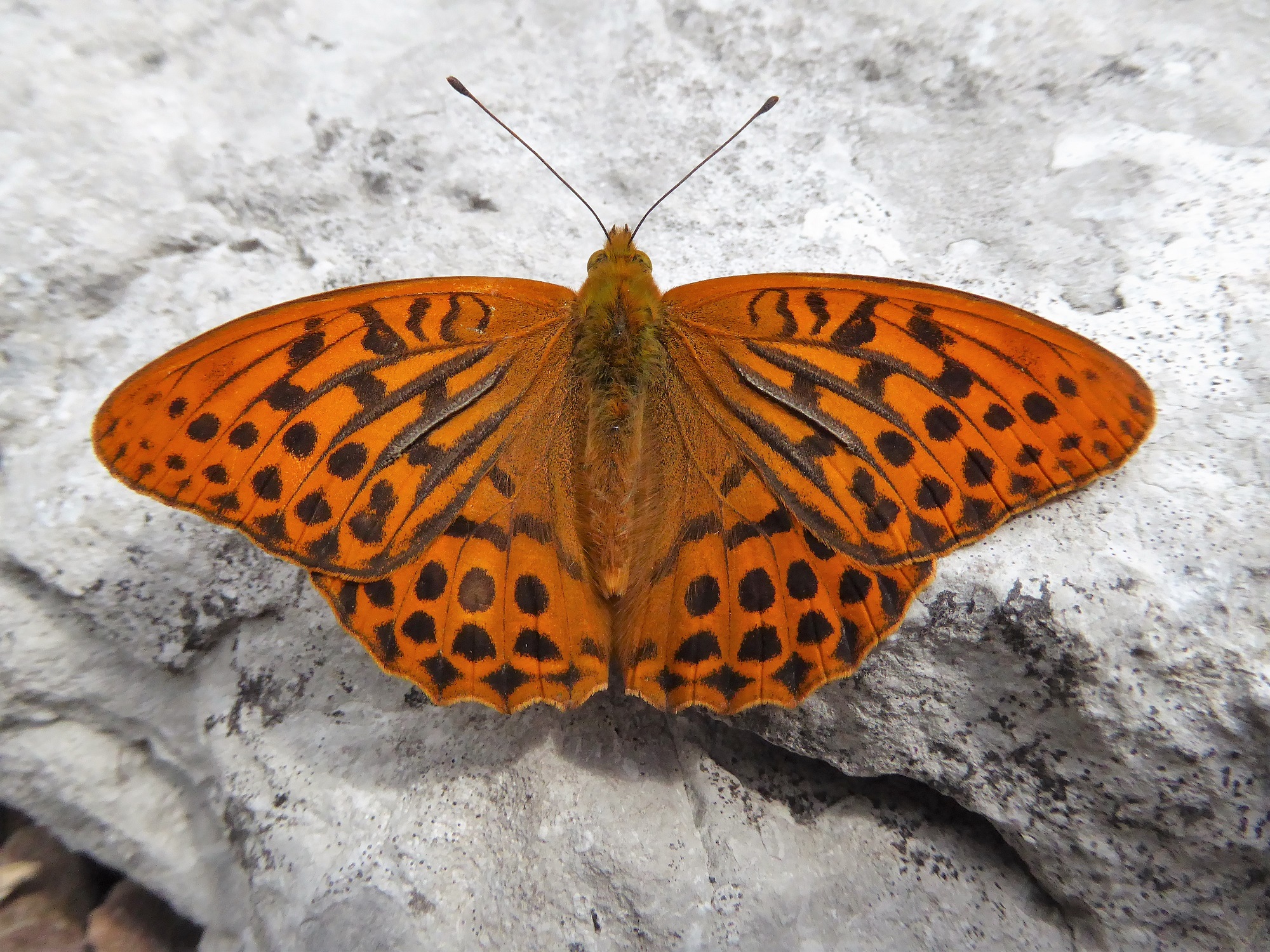There are interesting stories arising from the activities of butterfly lovers from the past. Here are a few of them. We hope you enjoy them.
The greatest Irish poet, William Butler Yeats, 1865-1939 is a world-renowned literary colossus, but a little-known interest of his was natural history. Yeats was, as a child, obsessed with zoology and biology. He went on frequent entomological field trips and collected butterflies, moths and other insects. While his father encouraged his son’s passion, the young Yeats’s love of moths created concern. He liked being alone with nature and his poetic thoughts. He worried his father by sleeping at night among the rhododendrons and rocks in the wilder part of the grounds of Howth Castle. He was around 16 at this time!
Edwin Birchall 1819-1884 was born in Leeds but moved to Dublin for business reasons. He retired to the Isle of Man after he suffered an injury believed to have been sustained by a fall from a cliff at Howth.
One of the greatest mysteries of Irish Lepidoptera has much of its origin in Birchall’s claims. He made a detailed claim to have seen the Small Mountain Ringlet on Croagh Patrick Mountain. Many Lepidopterists have since searched the site (one of them many times) but found no sign of this rare mountain species which still exists in Scotland, Northern England and on mountain ranges in Europe. Some now doubt that he told the truth. Did he tell a lie? Unfortunately, dishonesty was prevalent in entomology then, especially when reputation and money were at stake.
A fairly roguish collector was Lord Clonbrock, County Galway. He reported several species ‘new’ to Ireland. His records were accepted and published. His gamekeeper ordered specimens from a dealer and Lord Clonbrock, who gave a guinea to his gamekeeper for each discovery, intercepted a package containing a ‘new’ discovery/discovery. It appears that his lordship was implicated too, however!
Perhaps the most formidable collector was James William Tutt, 1858-1911. Tutt was born in Strood, Kent. Even at this remove, he appears to have been a fearsome character. He said it as he saw it. Tutt was often sarcastic and rude, which drove gentler souls away from entomological societies to avoid him. Tutt once said, “I know that I am brutal in the way I put things but I can’t help it, and you know I am right”. However, when he was wrong, he readily admitted it. An avid collector he published two large-scale works and contributed over 850 articles to entomological journals. A poorly-paid schoolmaster, he left 24 properties in his will. His great collection of moths and butterflies was broken up and sold cheaply; this is seen as a significant loss. Tutt however observed industrial melanism in moths before scientists did but reached his conclusions based on guesswork. As he may have put it, “You know I’m right”.
One of the greats is Norfolk-born Frederick William Frohawk, 1861-1946. His love of butterflies dated from age seven when he netted a Pale Clouded Yellow: “I dropped on my knees and stealthily crept up on the butterfly and suddenly plopped the net over it, greatly to my intense joy. I instinctively seemed to realise the rarity of my capture”. Frohawk lived in a time when butterflies were very abundant, luckily for him. On his first visit to the New Forest in Hampshire in 1888, he wrote:
Insects of all kinds literally swarmed. Butterflies were in profusion, the Silver-washed Fritillary were in hoards (that is certainly not true of the New Forest today) in every ride…as were both the Dark Green and High Brown Fritillaries…White Admiral were sailing about everywhere…Large Tortoiseshell was a frequent occurrence and the Brimstone abundant in every ride
Sadly, the High Brown Fritillary is extinct in the forest while the Large Tortoiseshell is most likely extinct in Britain (neither of these was reliably recorded in Ireland).
Like many Lepidopterists, he was energetic; he once (1884) walked 42 miles at night by moonlight. Perhaps his greatest contribution to our knowledge was his rearing from the egg stage all British butterflies. He illustrated each stage, including individual larval instars. He sometimes spent hours staring at an egg, waiting for it to hatch, or observing a caterpillar to witness its moult. This work, which resulted in copious notes and 900 drawings, took Frohawk twenty-four years to complete.
Today a ride in the New Forest is named ‘Frohawk Ride’ where the Silver-washed Fritillary remains relatively abundant.
Hopefully, as a love for butterflies develops in Ireland, we shall have ‘native’ Lepidoptera legends to inspire a desire to study and protect our butterfly heritage. What will our butterfly and moth populations look like to a future Lepidoptera legend?


